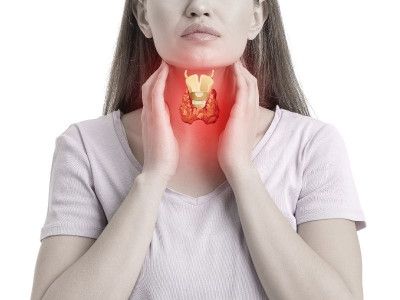Histological Structure of Vocal Cords
Since Hirano's discovery of the layered structure of the lamina propria in 1974, our knowledge of the histologic structure of the vocal cords has increased. The molecular composition of the extracellular matrix of the lamina propria is crucial for understanding the viscoelastic properties of this tissue. This is even more important for the superficial layer of the lamina propria (Reinke's space).
The epithelium and Reinke's cavity form the main part responsible for the vibration of the vocal cord. In normal individuals, the jelly-like structure of the Reinke's space depends on the balance between loose fibrous elements and interstitial proteins of the extracellular matrix (proteoglycans of decorin and hyaluronic acid and glycoproteins such as fibronectin). Increased trauma due to vocal cord vibration leads to molecular modifications of the extracellular matrix in the Reinke's cavity, resulting in benign vocal cord lesions, namely nodules, submucosal fibrotic tissue and vocal cord wounds.
Wishing you a healthy voice





